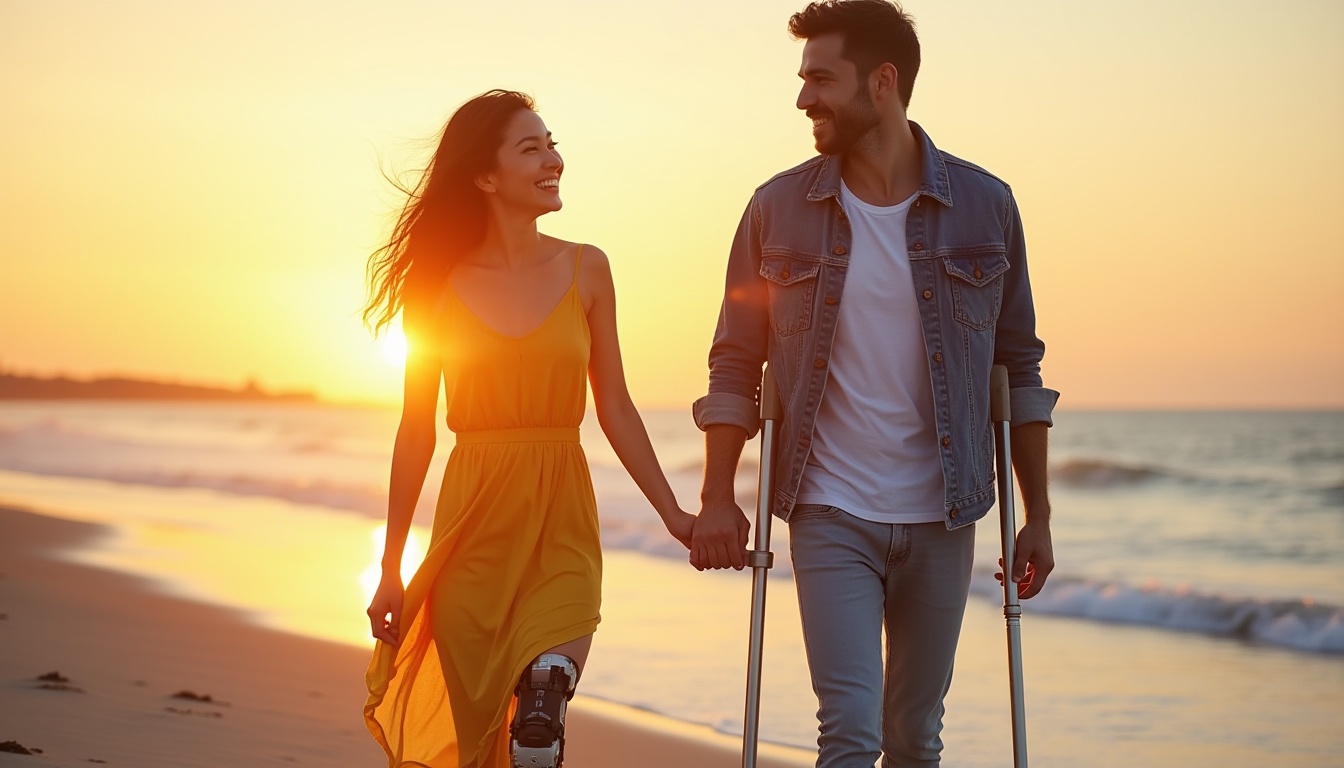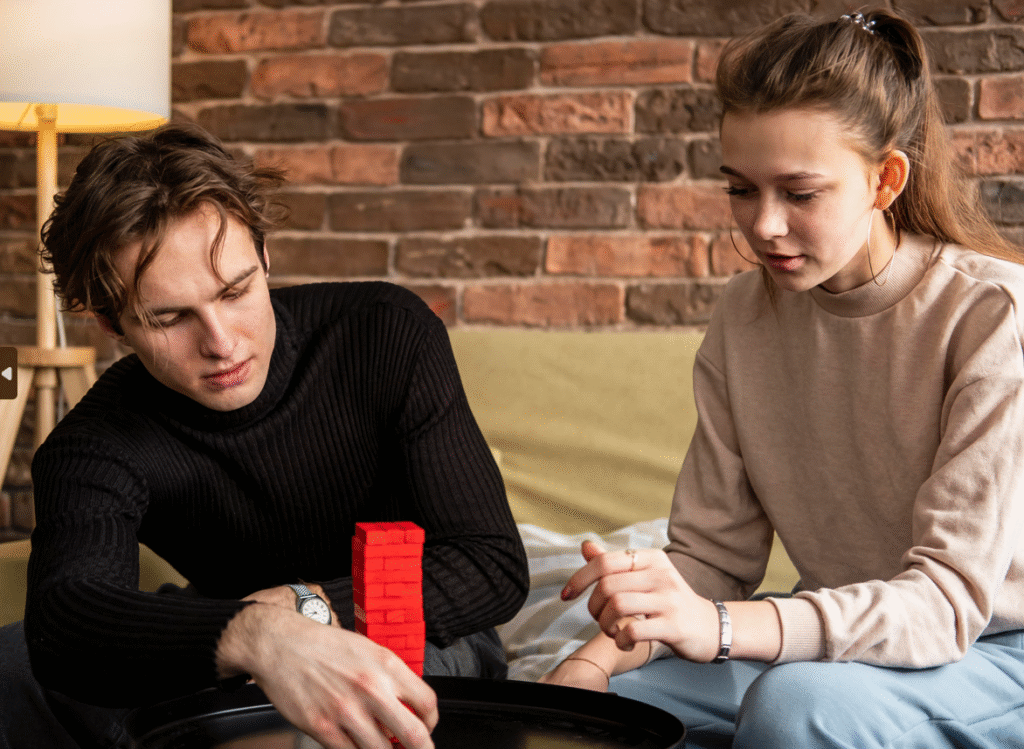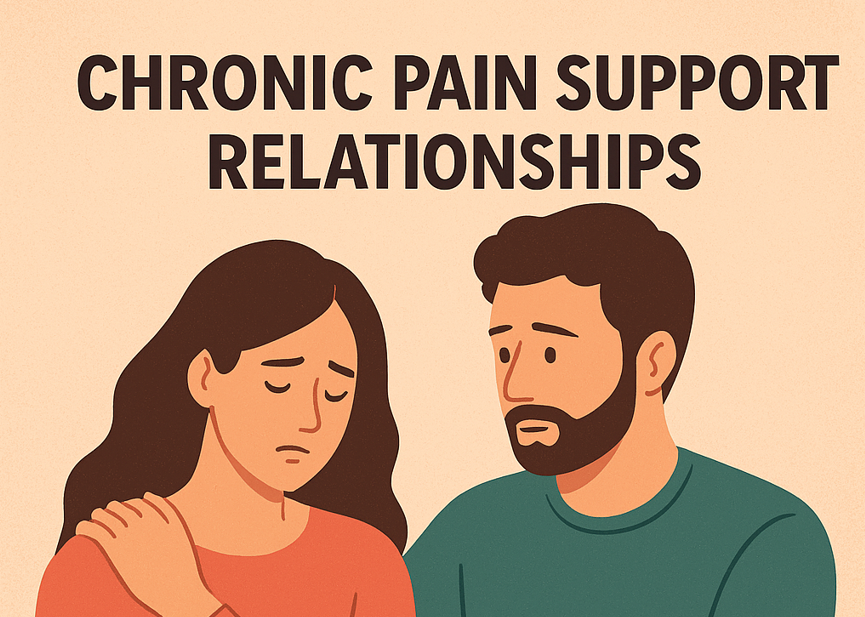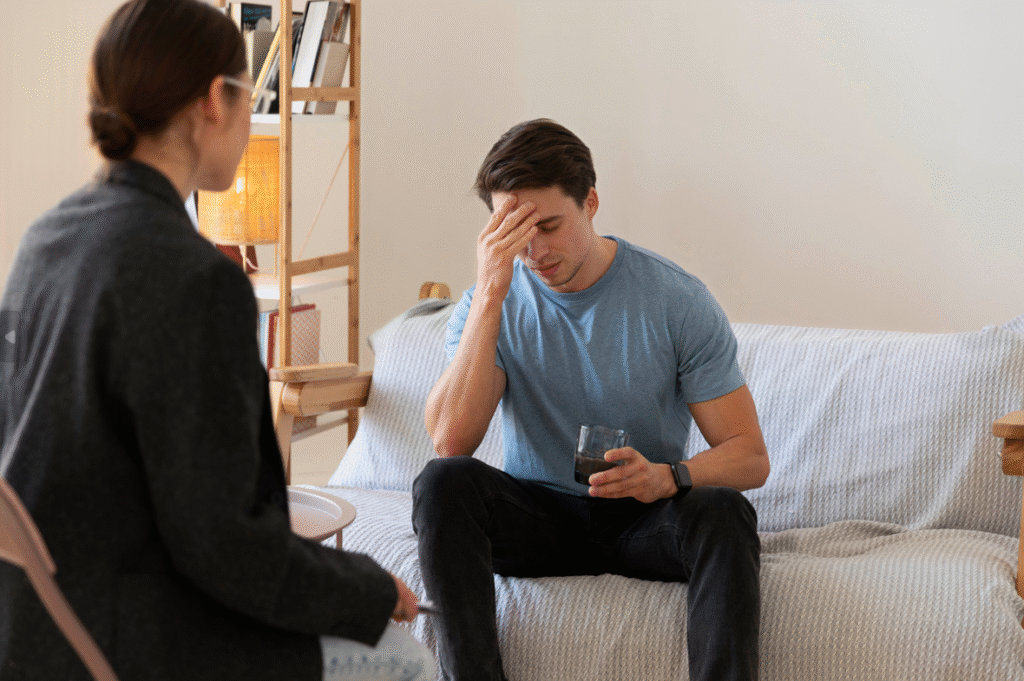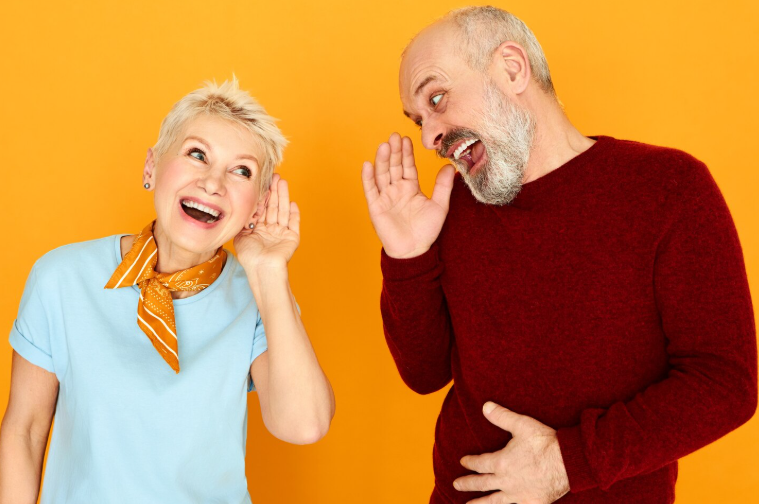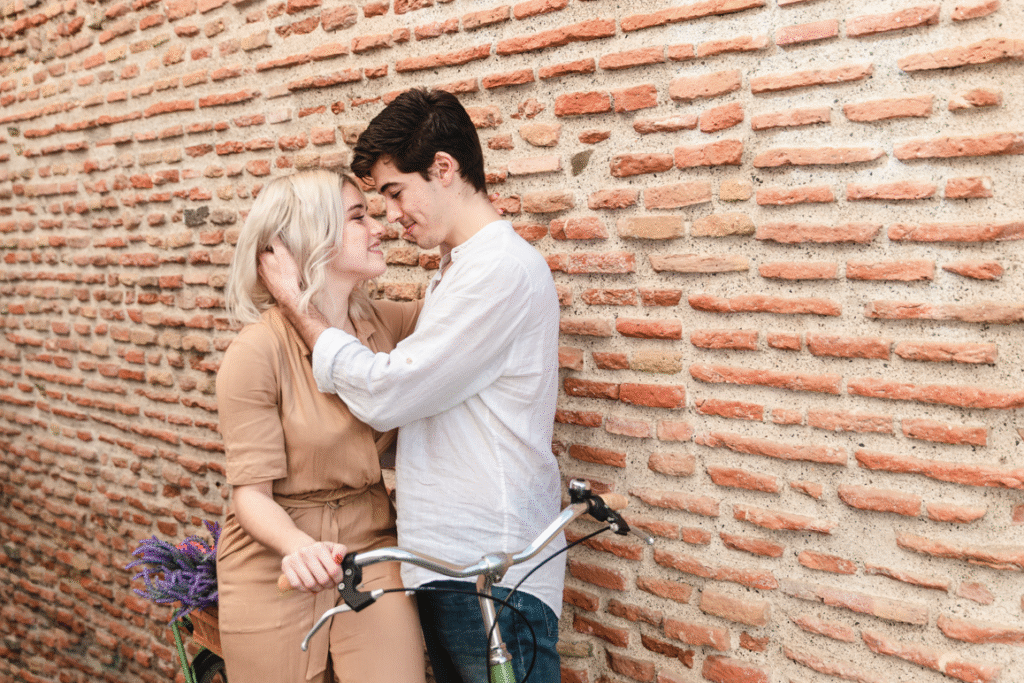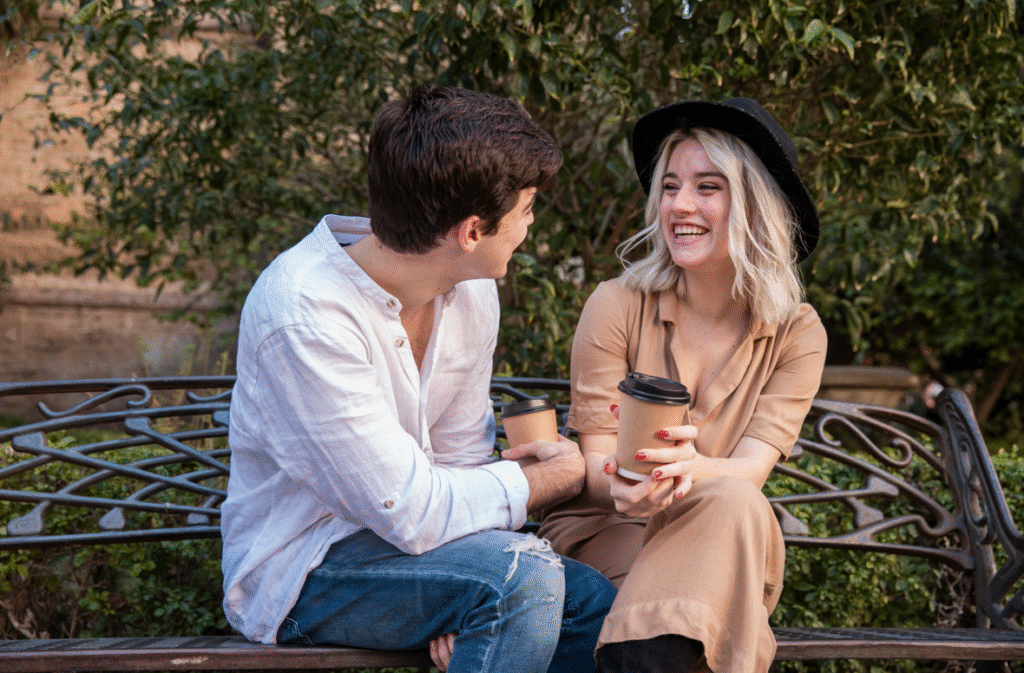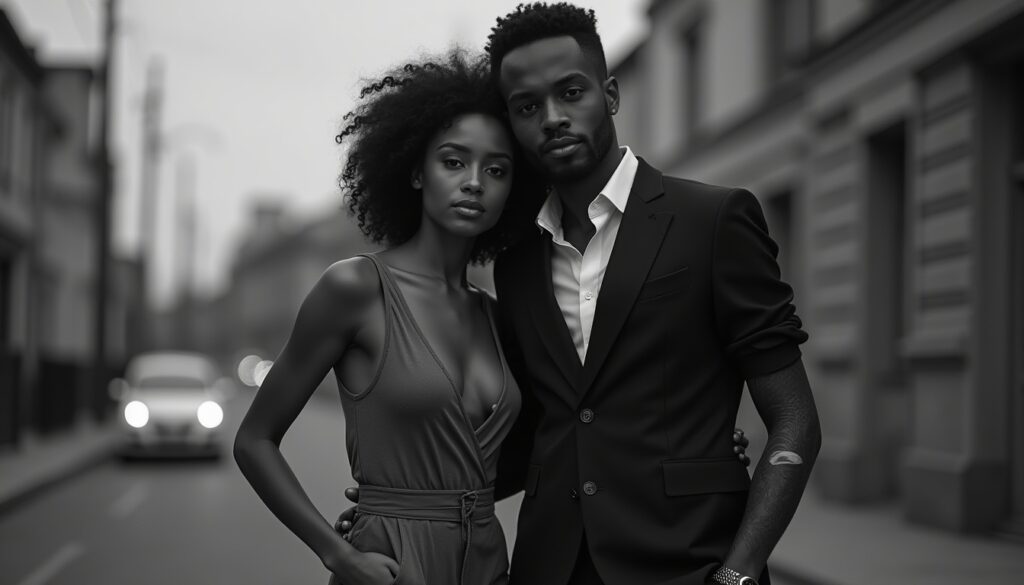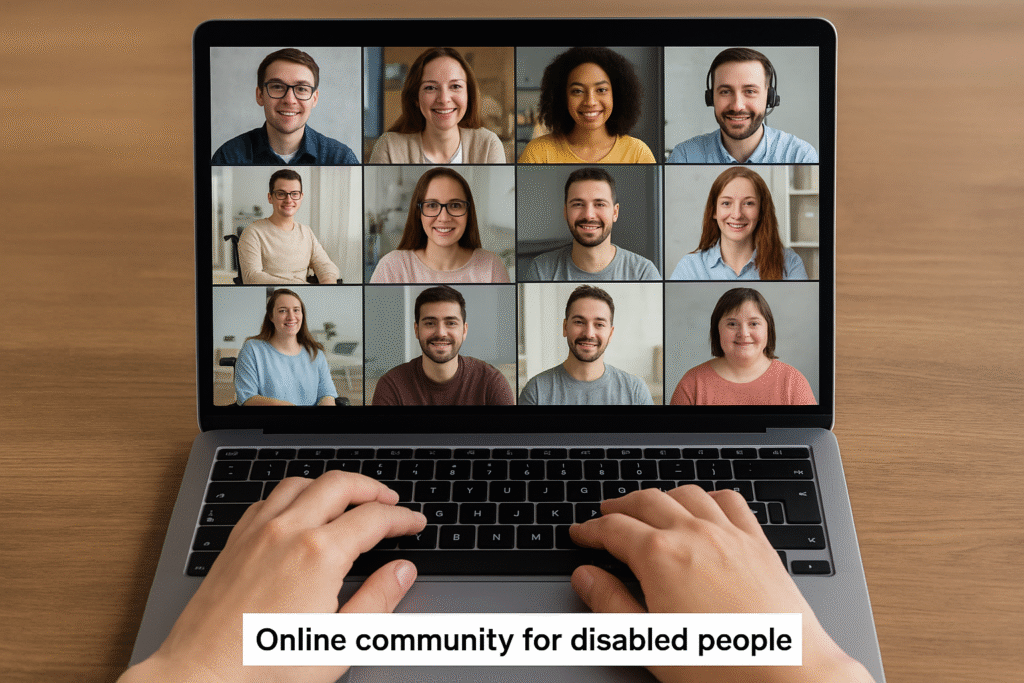A practical, experience‑based guide to dating when mental health matters. Learn how to disclose, set boundaries, use apps mindfully, spot red flags, and create deeper connections — with real user stories and clear safety tips.

What is Mental Health Dating and Why It Matters
Mental health dating means approaching romantic relationships while intentionally accounting for psychological well‑being — yours, your partner’s, and the ways you interact. Healthy relationships can boost well‑being; relationship stress can worsen anxiety, depression, or other conditions. See research summaries and reviews for more background: NCBI / PMC review on relationships & mental health.
Common Challenges in Mental Health Dating (and How to Spot Them)
Hidden stigma and fear of disclosure
Deciding when to disclose a diagnosis is hard. Some people avoid disclosure due to stigma; others disclose early to avoid mismatch. Clinical guidance suggests tailoring disclosure to your safety and comfort.
Dating apps and emotional overload
Swipe culture can increase comparison, reduce self‑esteem, and worsen anxiety for some users. If you notice mood dips tied to app activity, that’s a sign to reassess usage. For an overview, see a synthesis in BMC Psychology.
Mismatch in support and emotional labour
When one partner becomes the default carer or emotional regulator, burnout can result. Healthy partnerships distribute emotional labour and maintain outside supports.
A User Story: Sarah’s Journey (Anonymized)
Sarah, 29, managed moderate anxiety. After rejoining dating apps she found constant swiping heightened her anxiety. She paused, wrote priorities, limited app time to 20 minutes/day, and resumed with clearer boundaries. She later met a partner who valued emotional literacy and paced the relationship.
This story highlights three practical moves: check your readiness, set boundaries, and look for emotional compatibility.
Benefits vs Risks of Mental Health Dating
Benefits
- Deeper, authentic connections when disclosure and boundaries are handled well.
- Access to a supportive partner who can encourage treatment and self‑care.
- Opportunity for mutual growth and communication skill building.
Risks
- Emotional burnout if emotional labour is unbalanced.
- Vulnerability to hurt if disclosure is met with stigma or dismissal.
- Increased stress from heavy app use or mismatched expectations.
Practical Steps for Healthy Mental Health Dating
1. Self‑awareness & emotional readiness
Ask: how are my symptoms right now? What supports do I have? Can I manage setbacks without relying solely on a partner? The Mental Health Foundation offers useful starter tips for emotional readiness.
2. Communicate clearly about needs
Honesty can reduce misunderstandings. You might choose partial disclosure at first (e.g., “I manage anxiety; sometimes I need space”) and expand as trust grows.
3. Boundaries & self‑care
Set app time limits, keep therapy or peer support in place, and avoid expecting your partner to be your therapist.
4. Look for emotional literacy
Seek partners who ask thoughtful questions, show empathy, and are willing to learn. Emotional literacy predicts better support and less conflict.
Quick Comparison: Traditional Dating vs. Mental‑Health‑Aware Dating
| Feature | Traditional | Mental‑Health‑Aware |
|---|---|---|
| Pace | Often reactive | Intentional check‑ins |
| Disclosure | Often delayed | Managed / timely |
| Support | Partner presumed to handle many needs | External supports + partner support |
| App use | Unlimited | Limited & mindful |
Safety Guidelines & Risk Alerts for Mental Health Dating
- Don’t replace therapy with a partner. Professional support is essential.
- Watch rapid intensification. Fast‑moving, intense relationships can mask problems.
- Recognize red flags. Gaslighting, dismissal of your needs, or pressure to abandon treatment are serious.
- Pause if in crisis. If symptoms spike or you’re in crisis, prioritise stability first.
FAQ — Mental Health Dating FAQ
If I disclose my condition, will it scare people away?
Not necessarily. Many people appreciate honesty. How and when you disclose will influence the outcome; choose timing that protects your safety.
How should I manage dating app use if I have depression or anxiety?
Limit use, schedule app‑time, and notice mood changes. If apps worsen your mood, take breaks and prioritise in‑person or small‑group socialising.
What are red flags to watch for?
Dismissiveness, pressure to stop treatment, manipulative behaviour, or uneven emotional labour are key red flags.
Final Notes
This guide offers practical, experience‑focused steps — not medical or legal advice. If you’re facing severe mental‑health challenges or crisis, contact a licensed professional or local emergency services immediately.
Want a downloadable checklist for “Dating While Managing Your Mental Health” (questions to ask, disclosure script, safety checklist)? Save or print this page, or contact the author to request the PDF.
Sources: NCBI / PMC, BMC Psychology, Mental Health Foundation, Psychology Today, JoinOnelove. External links open in a new tab.
Recommended articles:
